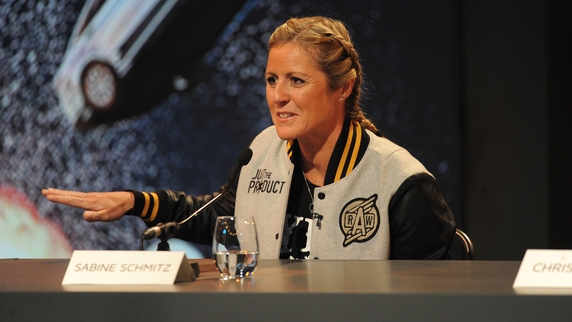
The UK lingerie market is up for grabs. During the 1980s the market was dominated by Marks & Spencer, which held approximately 50% market share. However, this share has fallen to just 26% as the market place has become more fragmented and consumers’ preferences have changed.
Avril Breen, Pragma Consulting writes ...
Recently, we had the privilege of speaking to Janie Schaffer, former Chief Creative Officer at Victoria’s Secret, founder of Knickerbox and renowned 'Knicker Queen' about how she thinks the market has changed and what retailers could do to gain share in this increasingly saturated space.
Janie commented on the influx of fast fashion players into
this category. Topshop, H&M and others have flooded the market in recent
years by launching their own intimates ranges in a bid to tempt consumers to
switch from necessity-driven lingerie purchases to building outfits with a
lingerie base in mind. Janie outlined how there appears to be a
significant lack of conviction and dedication on behalf of fast fashion
retailers to add an extra layer of expertise in this area, noting that, “no one
retailer is giving a clear defined product offering.” Indeed, without a
clear focus or specialism, the full potential of this category has not yet been
fully realised.

Since the 80s and 90s, average bra size has increased from a 34B to a bustier 36D. A changing shape brings about modified preferences. Women want to maximise their assets and as Janie highlighted, women “are becoming more sophisticated in the understanding of what technology can bring to the fitting of garments”. But sometimes the technology is lost and wasted in a sea of mass market cheap multi packs that are no strangers to small top drawers across the country. Such treatment can be contrasted sharply with the role it plays for the consumer: a bra is of course the one thing you wear every day and how it makes you feel absolutely matters.
However, despite a clear need in the market, Janie told us that no retailer has been able to “match the communication of technology with the emotional purchase of a lingerie garment”. This has resulted in retailers losing out on upselling their quality products to lower-end providers like Primark.













